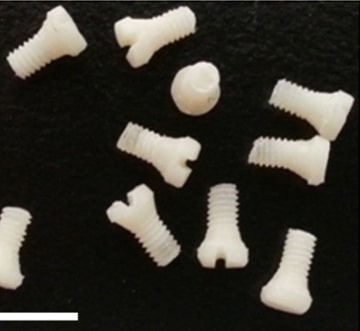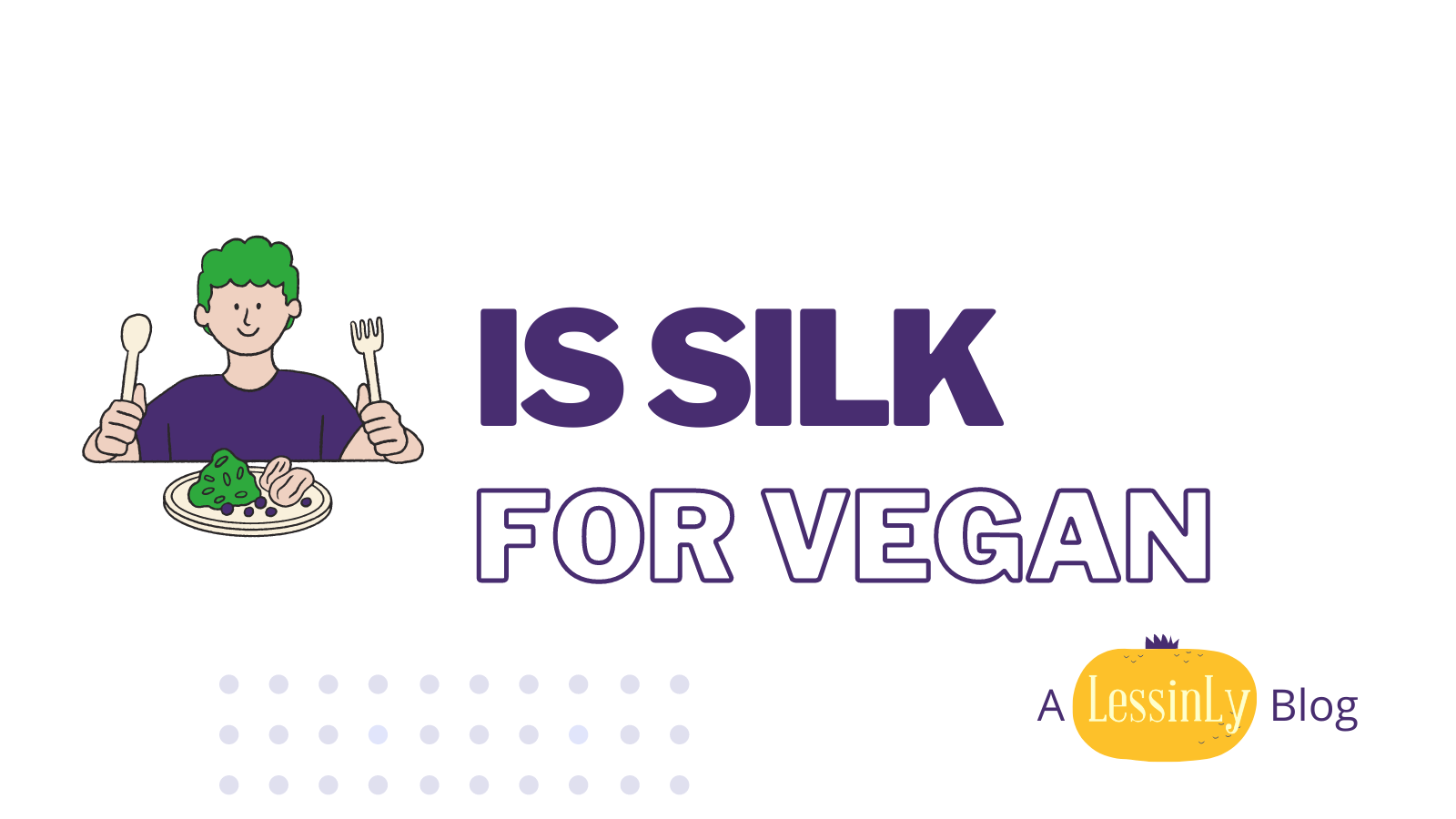Yesterday I got a message from Bella H. Bella asked if she could buy a Lessinly sheet. She viewed all the silk product pages, felt it cool, but not sure if her vegan boyfriend would enjoy staying on this silk sheet. As vegans didn’t use anything that comes from an animal, she got worried that this might affect their relationship somehow.
My answer is:
- You are a considerate lady. Best part!
- Don’t buy anything worries you. Although I’d love to have a new customer, I prefer to have someone enjoys silk more.
- Talk with your boyfriend, since you are the one using the sheet more.
- Check out some sheets made from other materials.
Then she got another question:
Any suggestions about silk sheet alternatives?
This is a very interesting question that I found it hard to answer in a few words. So this post is for you, Bella : )
The perfect alternative of silk
Is there anything that can replace silk?
the short answer is: No. nothing can be a perfect alternative of Silk.
Excellent for hairs and skin
Silk is approved by tons of people about the improvement of their hair and skin condition. It’s quite self-explanatory, as the posts about silk effects can be found everywhere. If you would like to have some research data, check this article out.
Born Eco friendly
Sericulture workshops were operating as early as 5,000 years ago before any industrial pollution existed. A 2010 study about pollution of the sericulture industry in Guangxi, China found the main pollution was the mulberry worm droppings and mulberry branches left.
Hypoallergenic
Silk is more than “OMG I got no rush sleeping on silk”. In 2014 the Harvard Medical School released medical research about surgical devices made of pure silk protein that “can be absorbed by the body over time” without causing any allergy.

Other bed sheet materials
Even though not perfectly, there are some alternatives to sheets made from mulberry silk. Vegans can try them. However, of course, everything has the price to pay.
Let’s take a look.
Peace silk
Peace silk is also called Ahimsa silk, a process that allows the silkworm to emerge from their cocoon. Silk produced this way is popular among vegan buyers. However, they seem not really what the sellers claimed.
Less Smooth
The price of silk produced in Ahimsa way is even more expensive than top quality luxurious mulberry silk, yet not as smooth.

Certification
No certification authorities exist to guarantee that the peace silk standards are upheld.
Less Durable
During the process, cocoons are cut open and pupas get tipped out. The cut will shorten the silk fiber length largely (one cocoon is made from one single silk fiber, and I bet you’ve known that), which results in more snags on silk stuff.

No Harm?
After being tipped out, the pupa will not survive long enough without cocoon protection.
“Our silkworms are 100% wild and live in the forest”, claimed some “wild harvest silk” producers. If it’s true, they should have left them alone, in case of influenced balance and worker at risk.
Lyocell
Known as the most eco-friendly material, lyocell looks like the perfect silk replacement. But there is something worth a reconsideration.
Energy Consumption
According to Wiki, the production of lyocell fiber costs more energy consumption. It makes sense since the natural fibers already exist, yet the production of lyocell consumes power.
Chemical Problem
According to Sustainable Fabrics: Lyocell – What is Lyocell, Lyocell “is made from eucalyptus trees that don’t need much water, any pesticides, or even healthy soil”. However, the “unhealthy soil” may affect the eucalyptus, as well as the fiber made from the trees. The eucalyptus occurs in research about uptaking heavy metals from soils.
On the contrary, the mulberry plants are strictly managed in terms of chemical use. The silkworms are sensitive, and pollution will harm them from producing qualified silk.
More about Lyocell/Tencel chemical concerns can be found here.
Fabric Performance
the difference between performances of these two materials is significant. For example, the moisture regains of silk is 11%, while lyocell got 10%. This indicates silk has better moisture absorption and keeps your hairs and skin drier and more comfortable. That’s one of the reasons why silk benefits the hair and skin.
Silk is more breathable than lyocell due to more spaces among silk fibers. Compared with silk fiber, the lyocell fiber has a close-to-circular cross-section, which means they are denser.

Synthetic fabrics
Synthetic fabrics are made from chemicals based on oil products. They emit more greenhouse gasses.
A polyester shirt has a greater carbon footprint than a cotton shirt (12.1 lbs vs 9.5 lbs).
The Apparel Industry’s Environmental Impact in 6 Graphics
Despite the environmental problem, the synthetic got some benefits. It’s easy to find the sheets made of them, and some polyester sheets (“satin” sheets) are shiny like a silk sheet. Sheets from these materials are eligible choices for vegans, especially if you have a limited budget.


